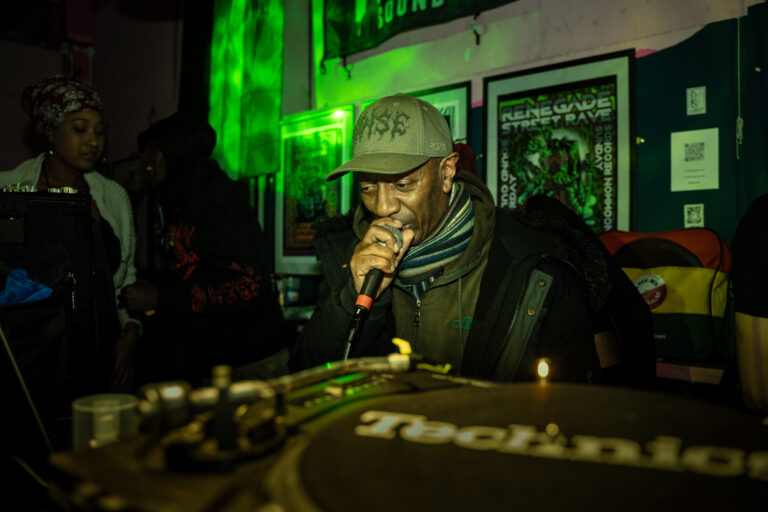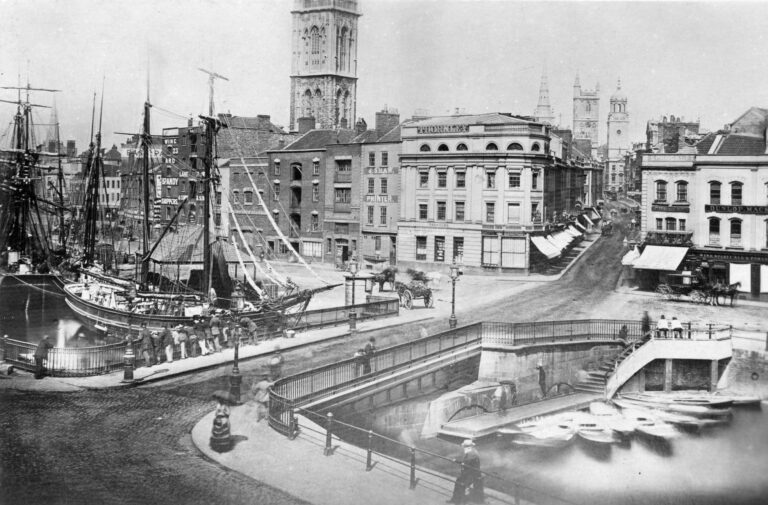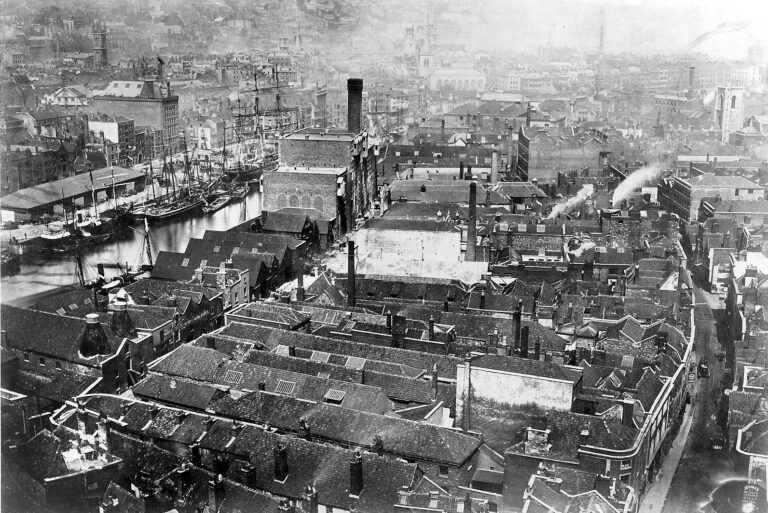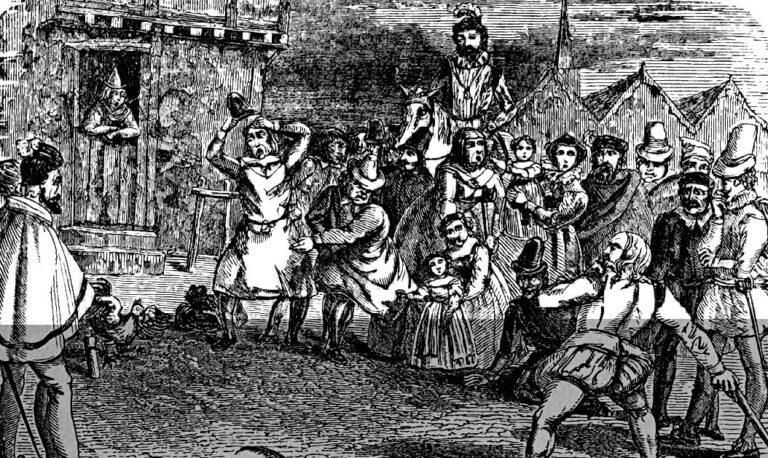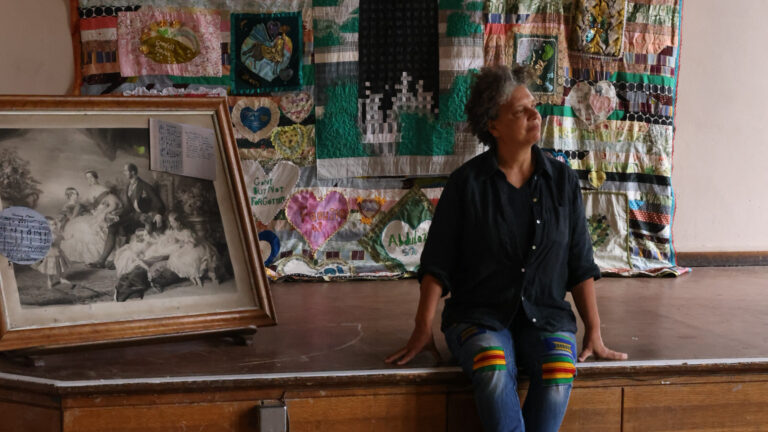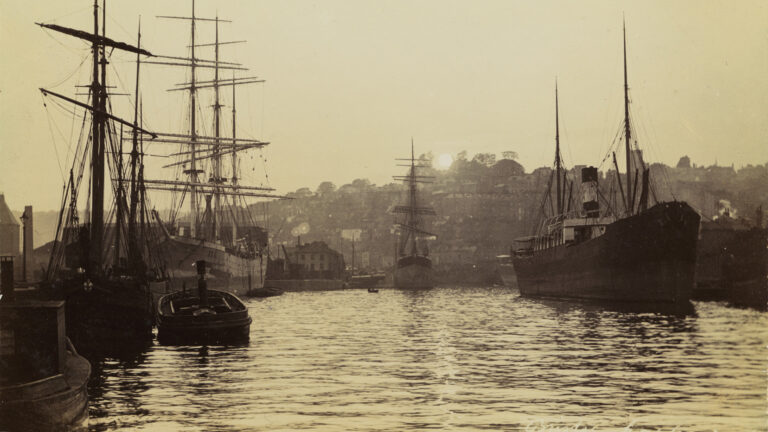Commemorating a pioneering St George author
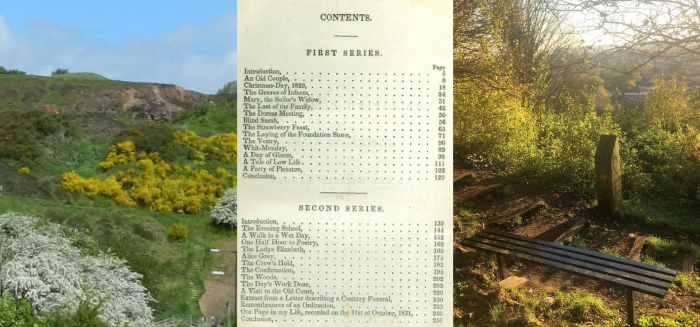
A small plaque on an unassuming Troopers Hill bench celebrates Victorian author Elizabeth Emra, who wrote about the lives of east Bristol’s poor.
Born in November 1804, the fifth daughter of the then-vicar of St George, Elizabeth Emra went on to publish two collections of short stories – all set in east Bristol.
Her stories provide an intimate picture of the lives of the parishioners in the area, repeatedly highlighting the plight of the poor living in east Bristol at the time, of which Emra herself had seen first-hand throughout the parish.
“She seems to have been the kind of woman who was not content to sit at home all day, but wanted to improve the lives of those around her,” according to Acton-Campbell, from Friends of Troopers Hill, a community group who raised funds for a new commemorative bench for Emra.
Dr Madge Dresser, visiting senior research fellow at UWE, points out that publishing such stories was very unusual for women at the time Emra was writing.
She explains that while women were rising to positions of status within the home in the early 1800s, they were expected to stay within very particular boundaries of middle-class notions of respectability.
This included “not being open to or engaging with the rumbustious nature of the world,” according to Dresser.
Although women were prolific writers, Dresser highlights that “to publish your work, was to flaunt yourself”. Emra therefore “must have been a bit of a pioneer” through her writing.
Emra’s first collection of short stories entitled Scenes in Our Parish was originally published in two parts in 1830 and 1832. It’s a series of memoirs detailing life in St George in the early 1800s, and contains many references to local landmarks, including Troopers Hill itself. The second collection Realities of Life was published in 1838, and mentions St George throughout.
Emra rose to “local prominence” as an author according to local historian WM T. Sanigar in his book Houses and People of Old St George (1936). Scenes was so popular it was even published in America in 1833.
For Acton-Campbell, “East Bristol doesn’t get enough recognition as having an important history in its own right. Today it appears to be just a place that has been built on”.
He says Emra’s writing, “provides a real insight into what life was like back then and how hard life was. It shows how far things have changed now”.
The new bench on Troopers Hill will “help keep this history talked about”.

“….the barren and quarried hill, with its yellow spots of gorse and broom, and its purple shade of heath, raising itself above the dark heaps of dross on our own side; and then the river, the beautiful, soft flowing river that we have all loved so well, laving as kindly our rough and barren banks, and holding its pure mirror to us, as truly as to the embellished and fertile scenery on the other side; and how clearly we saw every reversed image of the trees in the little copse-wood beyond…”
Elizabeth Emra on Troopers’ Hill. ‘The Strawberry Feast’, Scenes of our Parish (1833).

